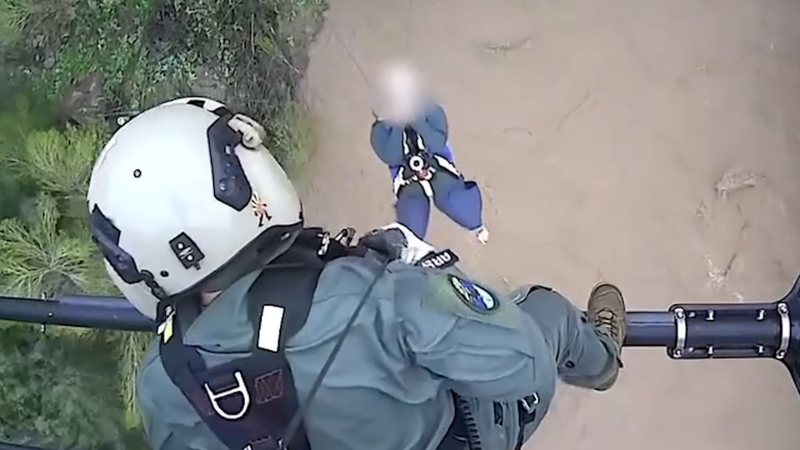Blast of cold air, snow and rain on the way for Great Lakes
The first winter storm of the season for many mountainous parts of the Northeast struck from Nov. 21-22, turning landscapes into winter wonderlands but also causing serious traffic problems.
More rain and snow are moving into the Great Lakes region to start the week and will be accompanied by a blast of some of the coldest air of the season so far, AccuWeather forecasters say.
Much of the Great Lakes region has been entrenched in a moderate to severe drought for the last several weeks, and while most locations have had beneficial precipitation this month, more is needed.
Following the cold at the end of last week, milder air arrived this past weekend.
By Monday, an area of low pressure is expected to move northeastward toward Michigan. As it does so, warm air will surge into much of the Lower Peninsula of Michigan. With temperatures in the 40s and lower 50s, all precipitation will fall in the form of rain in Detroit.

"Temperatures across much of the Midwest will be feeling more like the start of November rather than the end of the month, early this week," said AccuWeather Meteorologist Emma Belscher.
"Most rainfall totals are expected to remain under an inch, but it will be damp and dreary for those traveling for Thanksgiving," noted Belscher.
Colder air will pour southward on the northwestern side of the storm, causing rain to mix with snow from central Wisconsin to the eastern Upper Peninsula of Michigan. Even farther to the northwest, snow is expected in northern Minnesota, northern Wisconsin and the remainder of the Upper Peninsula of Michigan.

"In the wake of the rain, another push of cold air can be expected with high temperatures in the 30s and 40s F, some 5 to 10 degrees below the historical average," said Belscher.
With the storm still organizing as it tracks northeastward, moisture will be limited. Snowfall accumulations should generally be 1-2 inches. However, some locations in the Upper Peninsula of Michigan may have a bit more with some extra moisture from Lake Superior.
As the storm travels into Ontario and Quebec on Tuesday and strengthens more rapidly, the wind will increase.
"With the wind picking up in places like Chicago on Tuesday, it will be blustery and feeling much more like the middle of December," said Belscher.

With the wind from a northwesterly direction, colder air will arrive in all but the eastern Great Lakes and even as far south as the Ohio Valley and Tennessee Valley. The wind flow over the lakes will promote lake-effect snow showers in northern Wisconsin, throughout the Upper Peninsula of Michigan and northwestern Lower Michigan.
The storm will move farther away on Wednesday, to a position east of Hudson Bay. That said, the wind flow around the storm will still promote lake-effect snow in similar areas to Tuesday. With the colder air continuing to advance eastward, the eastern Great Lakes will also be susceptible to snow on Wednesday. This could include cities such as Syracuse, New York, and Erie, Pennsylvania. Anyone traveling on Wednesday will want to be sure to check the free AccuWeather app before hitting the roads or heading to the airport.

The storm will begin to depart on Wednesday, but lake-effect snow showers may linger downwind of the Great Lakes, including Syracuse, New York, and Erie, Pennsylvania. Anyone traveling on Wednesday should check the AccuWeather forecast before hitting the roads or heading to the airport.
With some of the coldest air of the season since last winter poised to arrive for Thanksgiving, lake-effect snow will ramp up significantly and a major snowfall is likely to occur in some communities from last this week through this weekend. The cold air will allow some ice to begin to form on the Great Lakes.

Once it arrives, long-range projections are for the cold and lake-effect snow to persist through the rest of November and the first week of December. While most of the region should be dry outside of lake-effect areas, any storms that do come along could bring snow fairly far to the south given the abundance of cold air.
Want next-level safety, ad-free? Unlock advanced, hyperlocal severe weather alerts when you subscribe to Premium+ on the AccuWeather app. AccuWeather Alerts™ are prompted by our expert meteorologists who monitor and analyze dangerous weather risks 24/7 to keep you and your family safer.
Report a Typo














